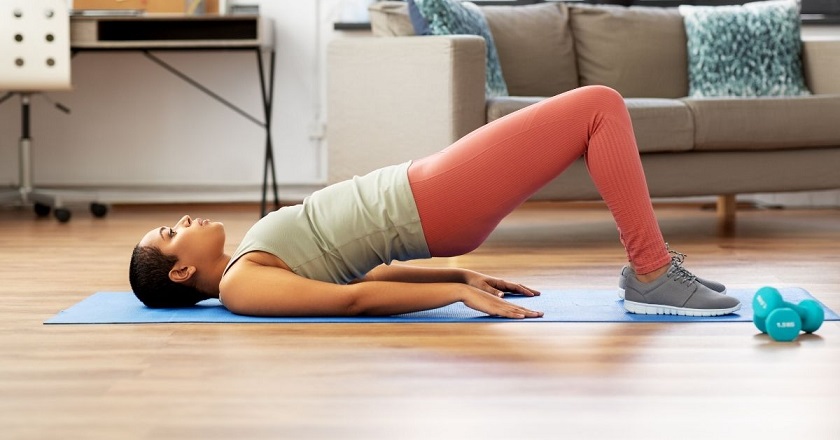A strong and functional pelvic floor is essential for overall health and well-being. Yet, many people overlook the importance of these muscles until issues arise. Pelvic floor exercises offer a proactive approach to maintaining and strengthening these crucial muscles. In this comprehensive guide, we’ll explore various exercises and techniques suitable for different age groups and conditions, empowering you to take charge of your pelvic floor health.
Understanding the Pelvic Floor
The pelvic floor muscles are a vital part of the body’s core. They support organs, assist in bladder and bowel control, and contribute to sexual function. Weakness or dysfunction in these muscles can lead to a range of issues, including incontinence, pelvic pain, and prolapse.
Benefits of Pelvic Floor Exercises
Engaging in regular pelvic floor exercises yields numerous benefits. These exercises strengthen the muscles, improve bladder and bowel control, enhance sexual function, and aid in postpartum recovery. Moreover, they can prevent or alleviate symptoms associated with pelvic floor dysfunction.

Exercises for Strengthening the Pelvic Floor
- Kegel Exercises: These involve contracting and relaxing the pelvic floor muscles. They’re suitable for almost everyone and can be done discreetly at any time.
- Bridge Exercise: This targets the glutes and lower back while engaging the pelvic floor.
- Squats: They engage the pelvic floor along with the core and leg muscles.
- Pelvic Tilts: These help strengthen the lower abdominal muscles, indirectly affecting the pelvic floor.
Tailoring Exercises for Different Age Groups and Conditions

- For Women: Addressing issues related to pregnancy, postpartum recovery, menopause, and aging.
- For Men: Focusing on issues like post-prostate surgery recovery and pelvic pain.
- For Athletes: Exercises geared toward optimizing pelvic floor health for athletes involved in high-impact sports.
- For Seniors: Gentle exercises to maintain pelvic floor strength and function as people age.
Tips for Performing Pelvic Floor Exercises
- Consistency is Key: Regularly performing these exercises yields the best results.
- Correct Technique: Ensuring proper form during exercises is crucial.
- Consult a Professional: Seek guidance from a pelvic floor physical therapist or healthcare provider for personalized advice.
Strengthening your pelvic floor muscles through targeted exercises is a proactive step toward maintaining optimal health. By incorporating these exercises into your routine and considering individual needs, you can enhance pelvic floor strength, improve overall core health, and mitigate potential issues associated with pelvic floor dysfunction. Remember, prioritizing pelvic floor health is an investment in your well-being at any stage of life.
